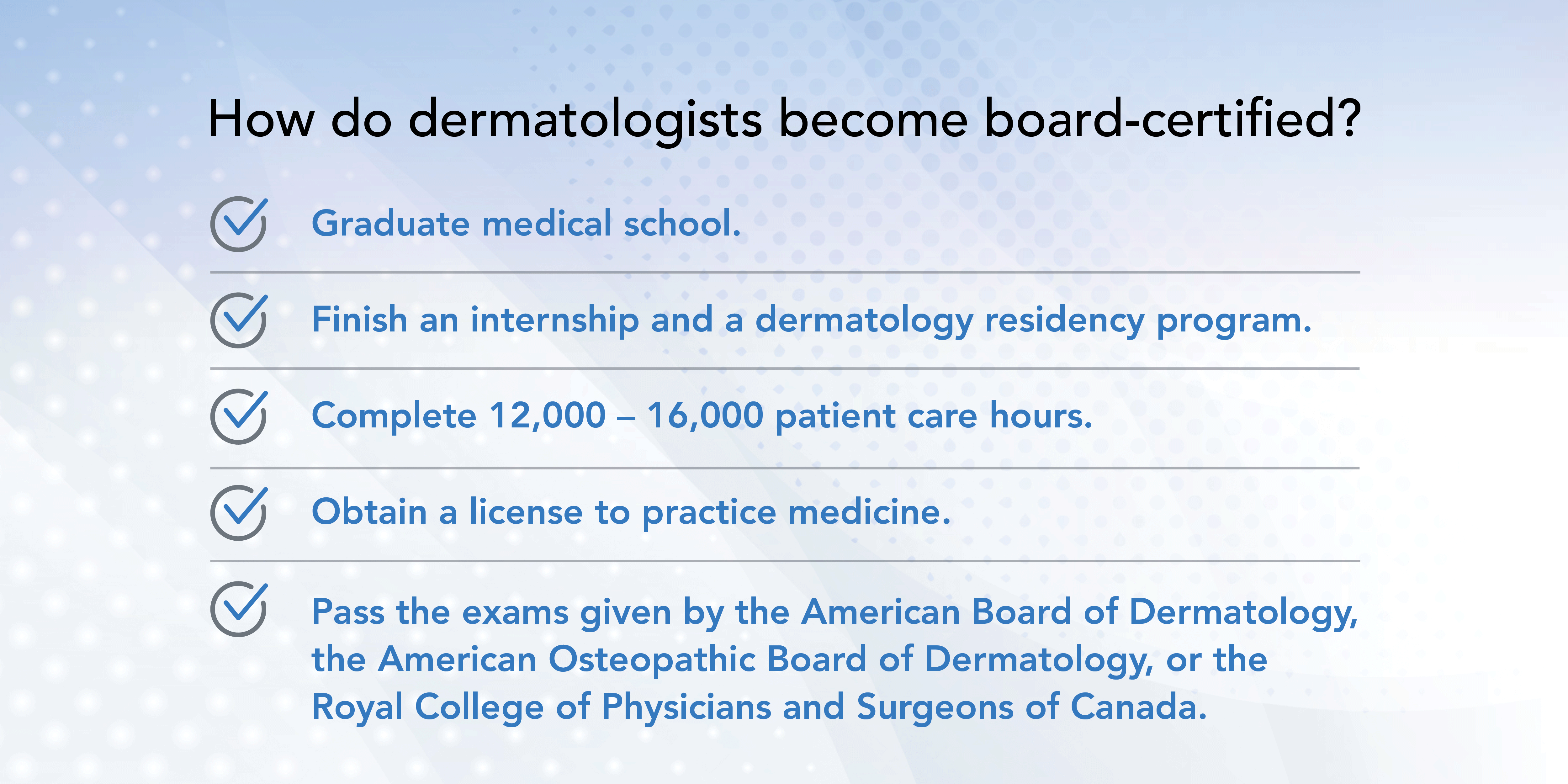Stop hair thinning with the help of a specialist in hair loss treatments.
Stop hair thinning with the help of a specialist in hair loss treatments.
Blog Article
Mohs Surgery Explained: A Trick Procedure in Dermatology for Handling Skin Cancer Cells Successfully
In the realm of dermatology, Mohs surgical procedure stands as a crucial treatment for combating skin cancer, particularly basic cell and squamous cell carcinoma. What precisely makes Mohs surgical procedure so effective and just how does it contribute to positive individual results?
Comprehending the Essentials of Mohs Surgical Procedure
Although it could seem complicated, Mohs surgical procedure is an exact surgical method utilized mostly to treat skin cancer cells. The primary purpose of Mohs surgical treatment is to remove all cancer cells while sparing as much healthy and balanced tissue as possible. Its precision and high success price have actually made Mohs surgical treatment a keystone in dermatology, using hope to individuals worldwide.

The Procedure: Step-by-Step Breakdown of Mohs Surgical Procedure
While Mohs surgery could appear challenging, comprehending the detailed procedure can help debunk the process. The treatment starts with the specialist getting rid of a thin layer of visible malignant skin. This layer is after that thoroughly examined under a microscope for cancer cells. If cancer cells are found, the surgeon gets rid of an additional layer of skin and the process is repeated. This cycle continues up until say goodbye to cancer cells are found, guaranteeing the total removal of cancer while maintaining as much healthy and balanced skin as feasible. The wound is then closed making use of stitches, a skin graft, or it might be entrusted to recover naturally. Postoperative treatment is important to advertise recovery and screen for any type of signs of recurrence.
The Advantages of Mohs Surgery in Skin Cancer Cells Therapy
A remarkable variety of clients have discovered the special benefits of Mohs surgical treatment in their fight against skin cancer cells. Regarded for its accuracy, this strategy targets malignant cells while preserving bordering healthy and balanced cells, bring about marginal scarring. Its high accuracy lowers the chance of cancer reappearance, providing patients with assurance. The procedure is commonly performed on an outpatient basis under regional anesthetic, making it much less exhausting on the body than more invasive surgical procedures. Additionally, as it includes prompt microscopic examination of the gotten rid of cells, it makes sure complete why not look here cancer cells removal in a single go to. Therefore, it gets rid of the demand for numerous surgeries, saving time and decreasing anxiety for people. Mohs surgery presents a superior option for effective skin cancer therapy.
Feasible Dangers and Problems Connected With Mohs Surgery
Regardless of its many advantages, Mohs surgery is not without possible threats and difficulties. Like all operations, it carries a threat of infection, bleeding, and an unfavorable response to anesthetic. In unusual cases, individuals may experience nerve damages, causing pins and needles or weak point in the area of surgical procedure. There's likewise the possibility of a reappearance or spread of skin cancer cells, especially if all malignant important source cells were not totally removed throughout the procedure. Marking is one more issue, as it can be recognizable depending upon the dimension and place of the treated location. Finally, the psychological effect of a skin cancer cells diagnosis and subsequent surgical treatment should not be taken too lightly, as see page it can result in anxiousness and depression in some patients.
Planning for and Recouping From Mohs Surgery: What to Anticipate
To make certain the finest feasible result from Mohs surgery, people need to adequately prepare for the treatment and recognize what to anticipate during healing. Some drugs may need to be quit before the surgical procedure to minimize blood loss. The key to healing is patients' adherence to their healthcare company's directions.
Conclusion

Report this page